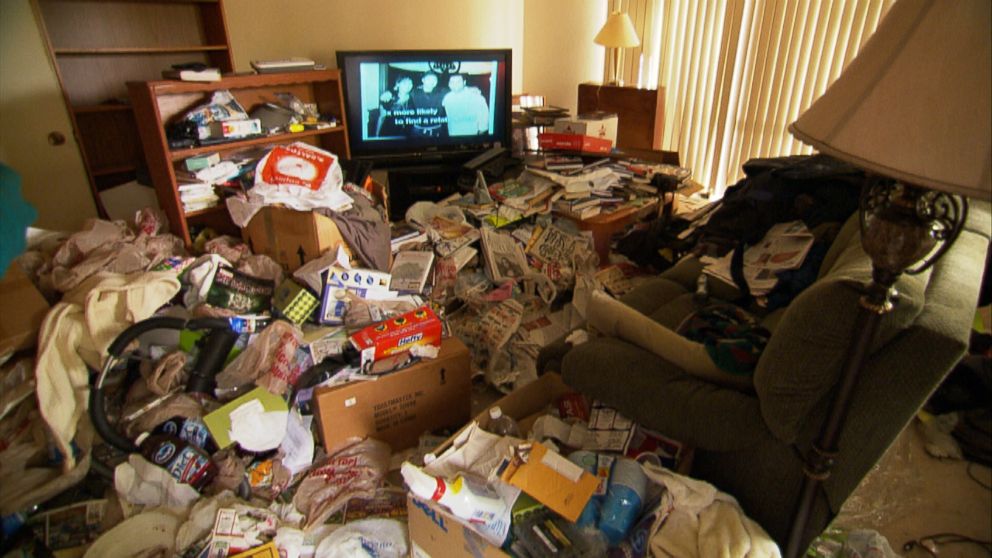Hoarding Disorder Causes, Symptoms, Diagnosis and Treatment

What Is Hoarding Disorder?
Hoarding disorder is a persistent difficulty discarding or parting with possessions because of a perceived need to save them.
A person with hoarding disorder experiences distress at the thought of getting rid of the items. These hoardings vary from mild to severe.
Cause And Risk Factors Of Hoarding Disorder:
Researchers are yet to find a plausible cause for the hoarding disorder.
However, there are a number of factors which increase the likelihood of getting hoarding disorder. These factors include the following:
Usually starting around ages 11 to 15, hoarding disorder tends to get worse with age. Younger children may start saving items, such as broken toys, pencil nubs, outdated school papers and broken appliances. Hoarding is more common in older adults than in younger adults.
People with temperament which includes indecisiveness have higher risk of acquiring hoarding disorder
- Family history.
There is a strong association between having a family member who has hoarding disorder and having the disorder yourself.
- Stressful life events.
One may develop hoarding disorder after experiencing a stressful life event.
- Social isolation.
Social isolation and withdrawal is strongly associated with hoarding disorder.
Symptoms Of Hoarding Disorder:
Common signs and symptoms of hoarding disorder may include the following:
- Persistent inability to part with any possession, regardless of its value
- Excessive attachment to possessions, including discomfort letting others touch or borrow them or distress at the idea of letting an item go
- Cluttered living spaces, making areas of the home unusable for the intended purpose, such as not being able to cook in the kitchen or use the bathroom to bathe
- Keeping stacks of newspapers, magazines or junk mail
- Letting food or trash build up to unusually excessive, unsanitary levels
- Acquiring unneeded or seemingly useless items, such as trash or napkins from a restaurant
- Difficulty managing daily activities because of procrastination and trouble making decisions
- Moving items from one pile to another, without discarding anything
- Difficulty organizing items, sometimes losing important items in the clutter
- Shame or embarrassment
- Limited or no social interactions
Diagnosis Of Hoarding Disorder:
In order to diagnose hoarding disorder, the doctor might assess if a patient fulfils the criteria as set by Diagnostic and Statistical Manual of Mental Disorders.
The criteria include the following salient points:
- Persistent difficulty discarding or parting with possessions, regardless of the value others may attribute to these possessions.
- The symptoms result in the accumulation of a large number of possessions that fill up and clutter active living areas of the home or workplace to the extent that their intended use is no longer possible.
- The symptoms cause clinically significant distress or impairment in social, occupational, or other important areas of
- The hoarding symptoms are not due to a general medical condition
- The hoarding symptoms are not restricted to the symptoms of another mental disorder
Treatment Of Hoarding Disorder:
Treatment for hoarding disorder includes psychotherapy and medications.
- Psychotherapy
- Cognitive behavior therapy
- Talk therapy
- Medications
- Antidepressants
By : Natural Health News




